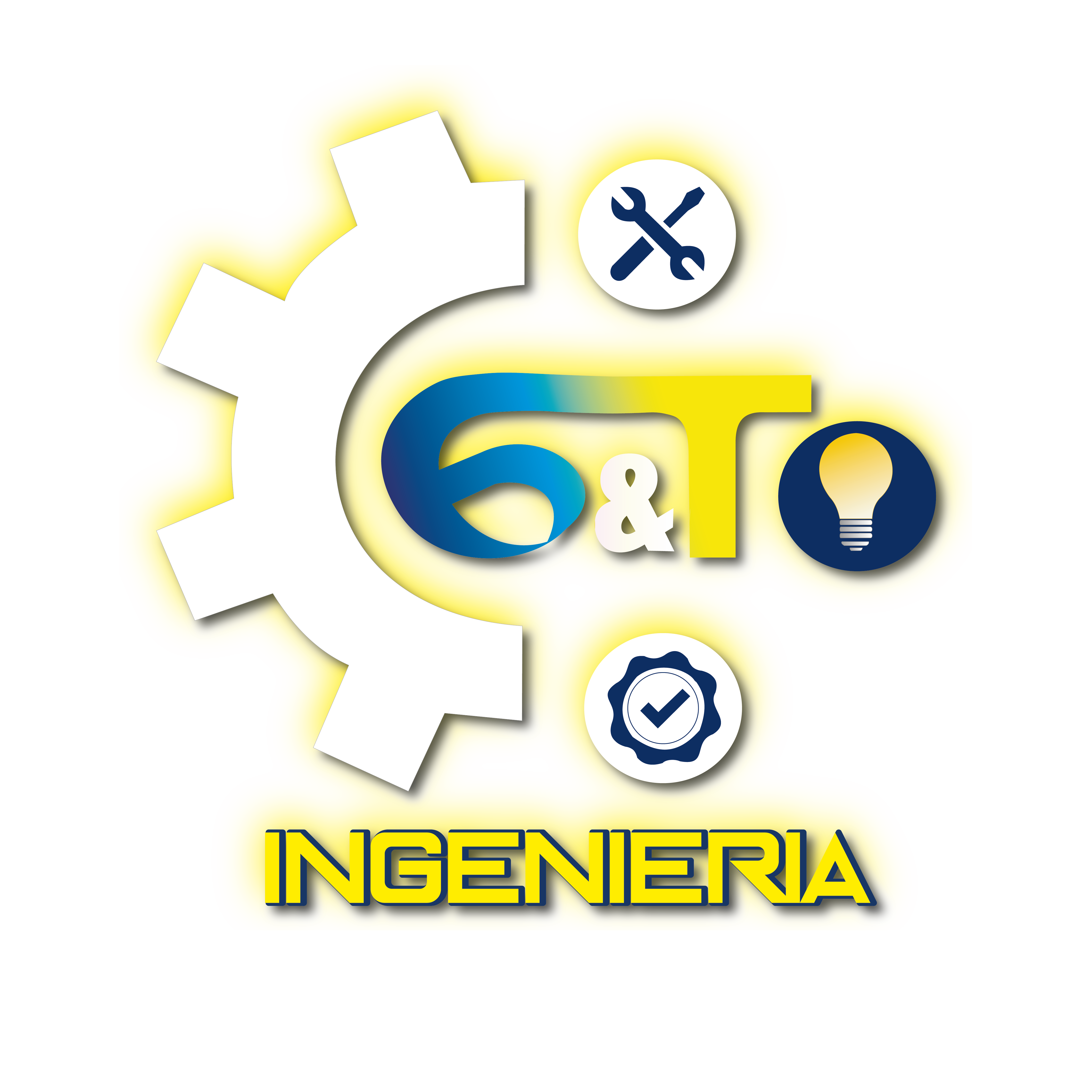During periods of inflation, the cost of raw materials, utilities, and labor tends to rise, increasing variable costs. Conversely, in a recession, businesses may face declining demand but still incur fixed costs, such as rent and salaries, creating financial strain. For instance, high variable costs might indicate inefficiencies in production, while increasing fixed costs could highlight overcommitments to long-term contracts or infrastructure. Comparing these costs against revenue helps determine profitability and operational efficiency.
Technological advancements in managing your operating costs
Business owners can effectively manage their financial resources and optimize their performance by understanding the specific operating expenses relevant to their industry. Operating expenses significantly influence a business’s performance by directly impacting profit margins and operating income. These expenses comprise the day-to-day costs required to keep a business running, such as salaries, rent, advertising, and maintenance costs. They play a critical role in determining a company’s financial health and profitability. Operating expenses, commonly known as OpEx, are the costs that a business incurs through its normal operations.
How do you calculate operating costs?
Examples of operating expenses include materials, labor, and machinery used to make a product or deliver a service. For example, operating expenses for a soda bottler may include the cost of aluminum for cans, machinery https://ujkh.ru/forum.php?PAGE_NAME=profile_view&UID=115891 costs, and labor costs. Since operating income considers operating costs (i.e. COGS and OpEx), it represents the cash flow from core operations before accounting for other non-core sources of income/expenses.
#3 – Semi-Variable Costs
Operating expenses are prominently featured in a company’s income statement, reflecting the ongoing costs required to sustain its operations. On the other hand, non-operating expenses are disclosed separately to clarify their impact on the business’s overall financial performance. Business owners and managers need to distinguish between operating and non-operating expenses to gain a comprehensive insight into their company’s financial standing. Operating expenses are directly tied to the primary business activities, such as manufacturing or service delivery, and are vital for generating revenue.
Scan and categorize your receipts, integrate your invoices, and stay on track with your budget to make tax time a breeze. Try FreshBooks free to discover how the right accounting software can streamline your operating expenses tracking. http://www.snezhny.com/texts.php?id=6351 Cost of Goods Sold refers to costs directly related to the production of your goods or service, including raw materials and labor costs.
Case Studies Highlighting OpEx Calculations
Operating expenses, also known as OPEX, refer to the ongoing costs incurred by a business to maintain its day-to-day operations. They are a fundamental component of a company’s income statement, also known as the statement of operations or profit and loss statement. They are subtracted from the company’s total revenue to calculate its operating income or profit.
- Calculating operating costs involves identifying and categorizing expenses into fixed, variable, and semi-variable costs.
- It is important for businesses to create a budget and carefully monitor their operating expenses.
- If you’re not already using accounting software to track expenses, now’s a great time to start!
- Understanding the various types of operating expenses is crucial for effective business management.
How To Calculate Operating Costs With the Operating Costs Formula
Fixed costs are typically categorized as overhead expenses and appear on the financial statements under operating expenses. These expenses are contractual or time-based and often reflect long-term commitments. They are considered necessary for the business to maintain its infrastructure and basic operations.
Resources
As a result, all the above expenses, excluding income taxes and interest, are your business’ operating expenses. The per-unit variable cost of production remains consistent for a given level of output, but the per-unit variable costs will increase as the volume of output increases. The ideal https://ujkh.ru/forum.php?PAGE_NAME=profile_view&UID=116281 situation is keeping your business operating costs to the minimum, while increasing sales. You’ll want your business operations to maximize business earnings, these depend on the amount of revenue generated and expenses incurred to operate the business. Any operating expenses that aren’t related to production are considered non-operating expenses.

